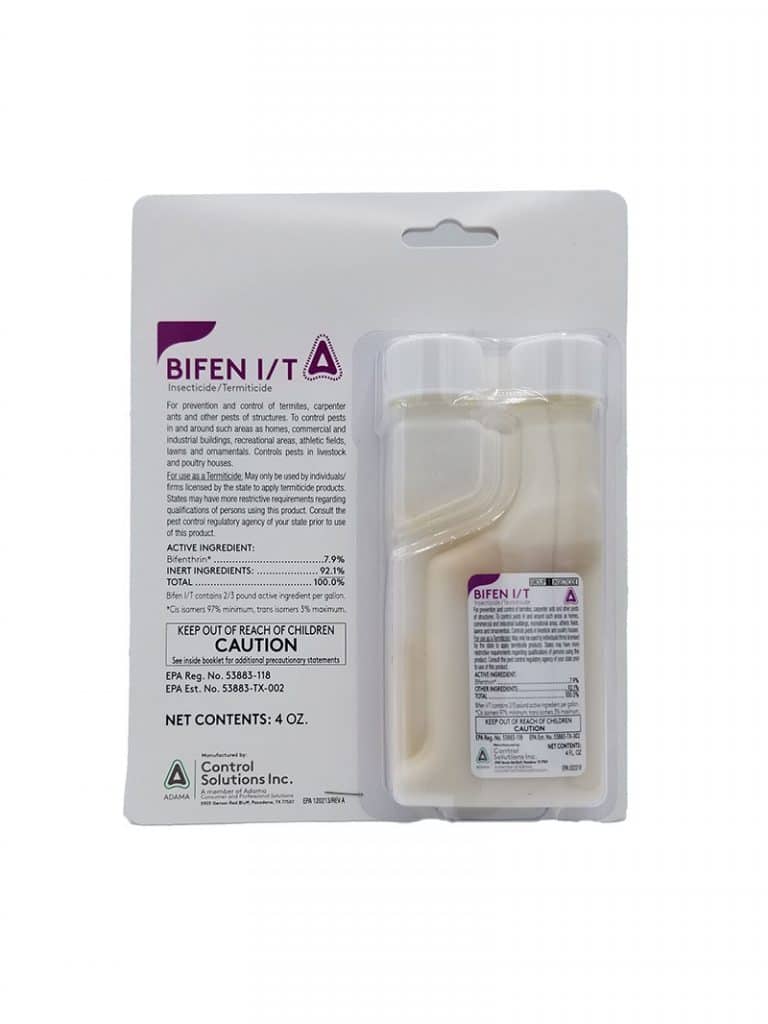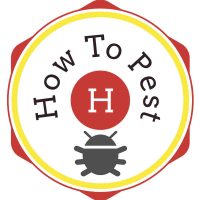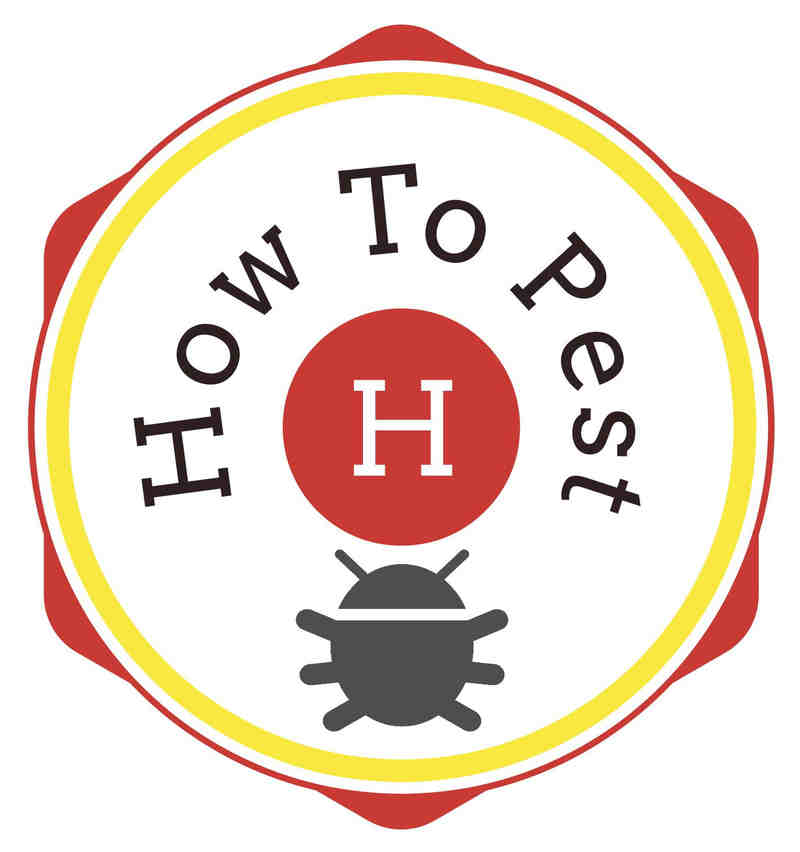If all crickets could give advice and dress like Jiminy Cricket from Disney’s Pinnochio, they’d be far more welcome than the house crickets that make their way into our homes or chirp the night away outside our bedroom windows
Lifecycle
Super-creatively named based upon the fact that it is common for them to enter houses, the house cricket can survive indefinitely in the comfort of your home. They are known for the loud chirping sound that is a result of the males rubbing their front legs together in hopes of attracting their lady friends. It appears to be working as there is no shortage of crickets. Here’s how it all goes down. Since the female cricket will not lay eggs unless she has mated, she succumbs to the male’s serenading. She can begin laying eggs as early as 8-10 days old and will lay batches of 50-100 eggs every two to three days over a period of two months. The female must mate again every two to three weeks as her supply of stored sperm runs out after that amount of time.
House crickets are typically gray or light yellow-ish brown in color with three dark crossbands on their head. They measure ¾ – ⅞ inch in length, have a thread-like antennae that could measure longer than its body, and wings that lie flat on its back. Males and females are similar in appearance. Baby crickets, or nymphs, look just like their cricket mamas and daddies but are wingless.
What Do Crickets Eat?
Since they are busy moving about at night, house crickets spend the day hiding in dark, warm places. During the warm months of the year, house crickets usually live outdoors, feeding on plants, dead or alive insects, and even practicing cannibalism by eating other crickets. As soon as the weather turns cold, they look for shelter indoors, getting comfy and cozy in houses and sheds where they can take advantage of the moisture and warmth they offer. When living indoors, house crickets feast on fabrics of all types, including clothing and carpet, with synthetic fabrics, wool, silk, and cotton being some of the favorites. Add in some stinky sweat or perspiration to the fabric and you’ve got a dream meal for your unwanted houseguests.
If you are seeing house crickets roam about your house, it is likely that you’ve got an infestation on your hands. If you are hearing that chirping mating call inside your house, ditto for the infestation likelihood. While they don’t pose any health risks to humans, they can cause significant damage to property, which is another indication that there is an infestation that needs to be addressed. House crickets leave behind a trail of evidence after they feed on fabric. They can leave tiny chew marks on the edges of whatever they are gnawing on, they can pull fibers loose when they are eating, and in some cases, can even eat large areas of fabric completely.
The late-night mating calls, the property damage, or the fact that house crickets have moved into your home are plenty of reasons to seek professional help in dealing with a cricket infestation. Need to get rid of crickets? Check out the list of products available as HowToPest.com has the perfect solution for all of your house cricket needs.

Bifen I/T Insecticide Concentrate
Size: 4 oz
Bifen IT Concentrate – 4 oz.





